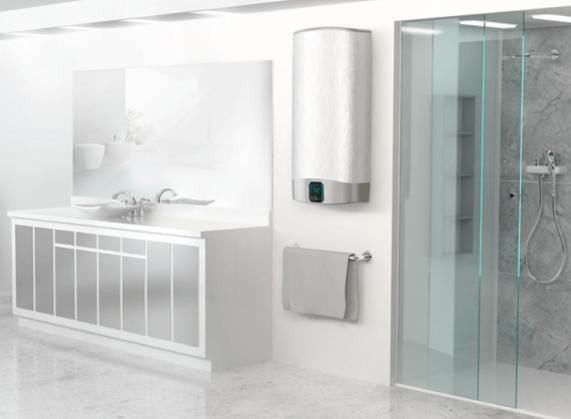Electric water heaters are a crucial component in modern homes, providing the comfort of hot water for various daily activities. However, like any appliance, they require regular maintenance to function efficiently and last longer. This article aims to guide homeowners and facility managers on essential maintenance practices for electric water heaters, with insights from experts in the water heater supply industry. By following these tips, you can extend the lifespan of your water heater and maintain its efficiency.
Regular Inspection and Cleaning
Periodic inspection and cleaning are fundamental for the upkeep of electric water heaters. It's recommended to inspect your water heater at least once a year. Look for any signs of leakage or corrosion around the valves and pipes. Cleaning the exterior of the water heater and the surrounding area free of dust and debris can also prevent potential problems.
Checking and Replacing the Anode Rod
The anode rod is an essential component of a water heater that prevents corrosion of the tank. Over time, the anode rod wears out and needs to be replaced. Water heater supply experts suggest checking the anode rod every two to three years and replacing it when more than 6 inches of the core steel wire is exposed or if it's coated with calcium.
Flushing the Tank Regularly
Sediment build-up is a common issue in electric water heaters, which can reduce efficiency and increase heating costs. To combat this, it's important to flush the tank annually. This involves draining the water from the tank to remove sediment. If your area has hard water, more frequent flushing might be necessary.
Testing Temperature-Pressure Relief Valve
The temperature-pressure relief valve is a safety feature that prevents the water heater from overheating or building up too much pressure. To ensure it's working correctly, it should be tested yearly. This can be done by lifting the valve’s handle and letting it snap back, which should release a burst of water into the overflow drainpipe. If it doesn't, a new valve is needed.
Adjusting the Temperature
Maintaining the right temperature is key for both safety and efficiency. The recommended setting for most electric water heaters is around 120 degrees Fahrenheit. Adjusting the temperature down not only prevents scalding but also reduces energy consumption and slows mineral build-up.
Professional Maintenance Checks
For more comprehensive maintenance, it’s advisable to engage with professional portable electric water heater suppliers or service providers. They can perform detailed inspections and address complex issues, ensuring your water heater operates at peak efficiency.
Insulating Older Units
For older electric water heaters, adding insulation to the tank and pipes can improve efficiency. Insulation jackets for the tank and foam insulation for pipes can reduce heat loss, lowering your energy bills.
Conclusion: Proactive Care for Efficiency and Longevity
In summary, regular maintenance of electric water heaters is essential to extend their lifespan and ensure efficient operation. By following these guidelines, homeowners and facility managers can avoid unexpected breakdowns and costly repairs. Remember, consulting with water heater supply professionals and portable electric water heater suppliers can provide additional insights and assistance in maintaining your water heater. Proactive care and maintenance are key to enjoying uninterrupted hot water supply in your home or facility.
